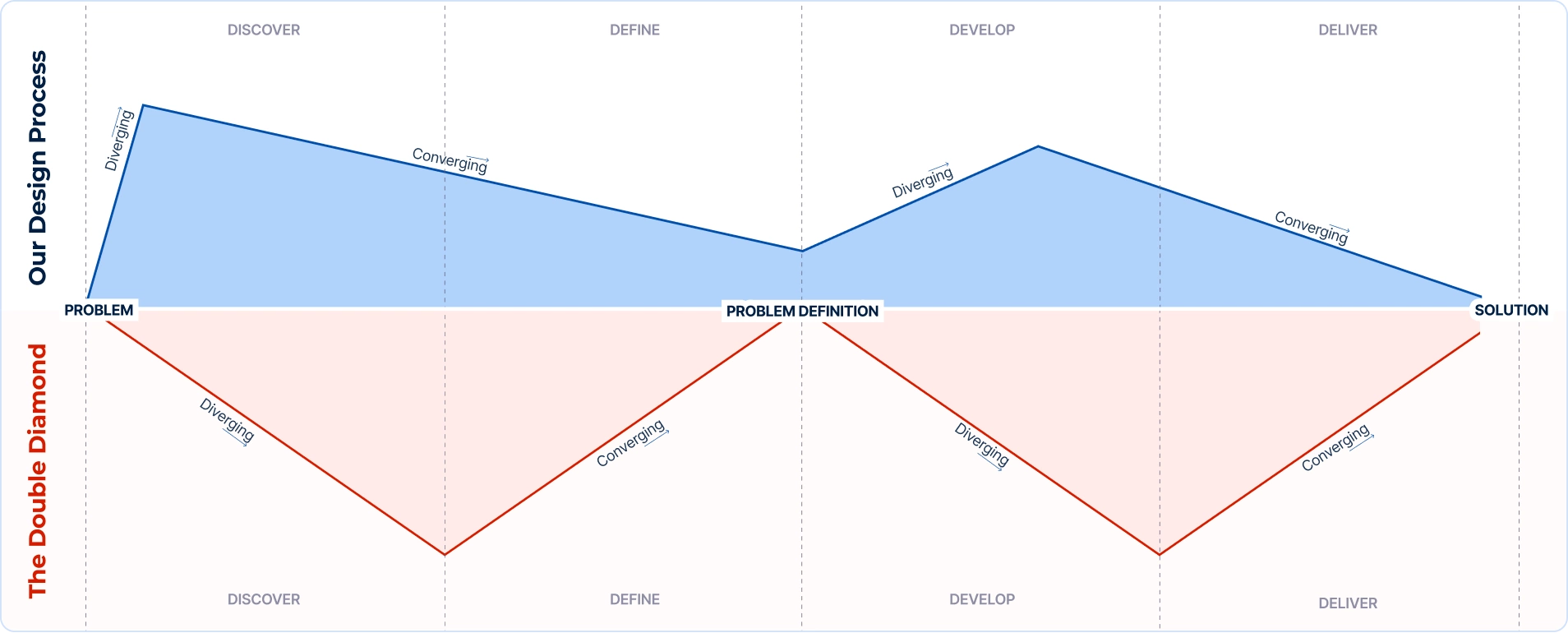
Follow These Post-Launch Activitiest To Have A Successful Website

As we mentioned in the previous article, investing in a new website or website redesign is a big business decision. We tend to invest our money in the website when we are counting on the return on investment (famously known as ROI in the world of marketing) through increased customer experience and consequently measurable results in sales.
If you run a small company you probably don’t have a marketing department to handle reporting and analysis on your website. But don’t worry, because there are multiple free tools you can use to maintain your website.
In our opinion, there are three crucial phases after the website launch: 1. First three months after the launch, 2. After three months we measure and readjust strategy (if needed), 3. Expand where you can… if everything is going well.
1. First three months after the website launch
The first three months are crucial. In this period you’ll have to do a lot of work. Firstly establish your online goals, set strategies and learn how to use tools that will help you achieve your goals.
Before you start sharing your new website with the world, make sure your website page titles and SEO descriptions are in order because you want people to be able to find it. Also, don’t forget about the keyword strategy. Every page and post on your web needs to be unified around the same strategy including your old content. When you explore keywords pay attention to keyword difficulty and search volume.
If you are yet not sure where to start, try to run a keyword report on your competitor’s website and explore their ranking for specific keywords. Also, try to rank for some long-tail phrases because the search volume for those is often smaller so they are more profitable and easier to target. You can use multiple tools for your keyword research: SEMRush, Google Trends, Moz Keyword Explorer, etc.
When you establish the most important user actions on your website, configure a few tools that will track data and create reports on those actions. Some of the tools are Google Analytics, Search Console, Google Tag Manager, HotJar, etc.
After the website launch, update your content regularly since search engines “like” fresh content. Every time your site is re-crawled and new content is found, it is a good opportunity to boost your Google rank, generate leads, drive conversions and give your company a strong and innovative voice. Try to make your content informative and in accordance with your brand.
Don’t forget to share your content on social media. Before that, take a close look at the demographics and interests of your customers. Based on that information chose the social media platforms that are most aligned to your business goals. The next step for you is to create a weekly or monthly publishing plan for all of your social profiles: posting schedules, content creation, graphics creation, etc. While doing that keep in mind that all the social posts should embody brand image and should engage your followers.
If you are sharing fresh content regularly, think about building an email database since this is one of the most stable ways to construct a solid foundation for a loyal audience. The problem is, building an email database is hard without an existing audience. Social media platforms such as Facebook, Snapchat, Instagram, and LinkedIn are perfect places for attaining and growing a devoted audience. You can exercise multiple things on those platforms: link up your newsletter in Instagram or Snapchat Stories, include sign up button on the Facebook page, host a giveaway, promote email newsletter through a social media campaign, etc.
2. Measure the current data and adjust your online strategy (with increased knowledge comes increased curiosity)
A few months after the launch, you have probably set your goals and you are applying a certain online strategy. Maybe you have already become a self-taught data nerd after finishing two or three online courses on Udemy or Udacity. If so, now is the perfect time to reestablish your web strategy.
This s the perfect time to consider setting up custom dashboards and reports in your Google Analytics to analyze your site faster and to get only the information you need. Google Analytics also has a library of pre-built dashboards that are free for downloading and exploring.
Regularly check your rankings with previously mentioned tools. Also keep in mind the Googling your website is not enough because search engines show results based on search history, proximity, and other factors.
Use Google Analytics regularly to check out how your posts on social media are working. Pay attention to your pages report where you can discover bounce rates, average time your users spend on a particular page, number of page views, pages value and other valuable data that will help you establish the success of your current strategy. Explore who is your current site visitors and where do they come from. Understanding the sources of your website traffic can be crucial for improving your traffic flow. For example, if you discover that few keywords are especially effective, use them more often or weave them into your old articles.
Also, all the major social media platforms and email marketing platform have their analytics that will give you some extra data about your account. Based on this data adjust your posting frequency, hashtags, language, post headlines, graphics and tone of the text.
3. If everything is going well – expand!
You are comfortable with all the tools you are using and have a positive website performance? Don’t stop here.
Investigate where you can expand and get more traffic. Constantly increase your efforts in content writing, try to make graphics stunning and make your post on social platforms both interesting and engaging.
Getting people on your site through organic search and social media platforms is not easy, but there is a shortcut – advertising. Display ads, social media advertising, remarketing and other aspects of digital advertising are so successful that businesses nowadays spend more money on digital advertising than they do on radio, TV or print.
Before you start using advertising, define what do you want to achieve through digital advertising. Do you want to increase brand awareness? Generate leads? Increase social media following? Answer to this will help you choose the type of advertising appropriate for your goals. This decision will also depend on the resources you have.
Link building is another thing you can do. This is a process of acquiring hyperlinks from other, trusted pages to your site. Links are important signals that search engines use to establish the rankings. SEOs tend to agree that this is probably one of the hardest parts of their jobs. For that reason, try to master the art of building high-quality links since this could put you way ahead of your competition.
Confusing? We know…
All of this sounds confusing and you are not sure where to start?
Don’t worry because maintaining a successful website is not an easy job but with time it will get easier. Ranking highly in organic search won’t happen overnight. Learning all of this will be time and resource-consuming but it will reflect positively on your online visibility and consequently on your sales.
If you are looking for a strong development team or you have some questions for us, give our team a shout!
Or browse through our services.
We look forward to helping your businesses grow through digital excellence.





